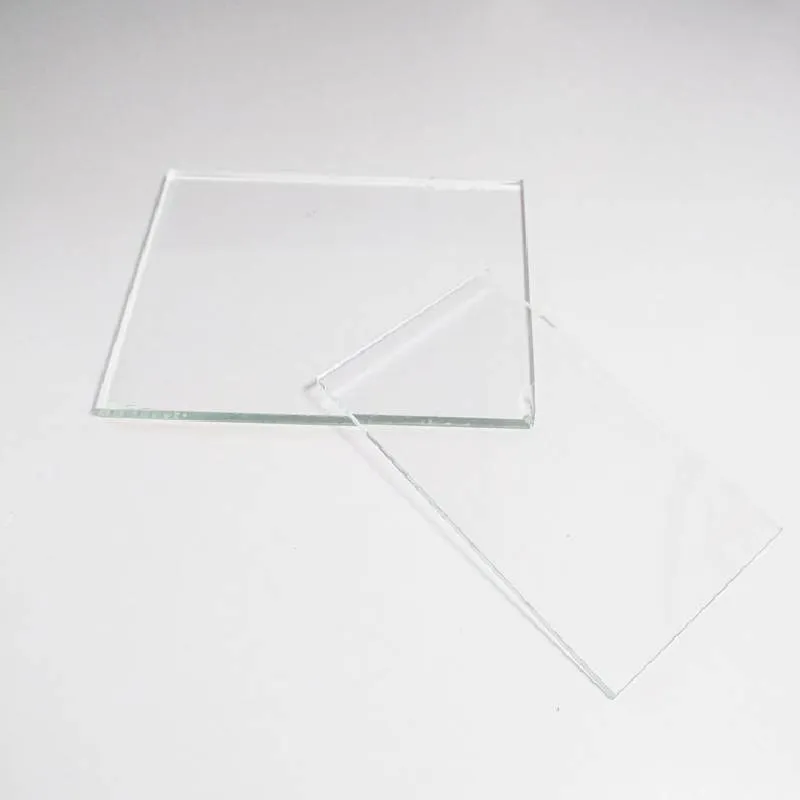Different Types of Architectural Glass
Architectural glass plays a pivotal role in modern design, merging aesthetics with functionality. Its versatility has made it an essential material for both residential and commercial structures. The variety of glass types available today caters to diverse architectural needs, affecting everything from energy performance to building safety and interior comfort. Here, we explore the different types of architectural glass, highlighting their unique properties and applications.
1. Float Glass
Float glass is the foundation of most glass types used in architecture. Produced by floating molten glass on top of molten tin, it creates a smooth, uniform surface. Available in various thicknesses, float glass is primarily used for windows and facades. Its clarity and affordability make it a popular choice, but it is not especially energy-efficient or strong compared to other glass types.
2. Tempered Glass
Safety is paramount in architecture, and tempered glass is a favored option due to its strength. This glass is produced through a heating and rapid cooling process that increases its durability. In the event of breakage, tempered glass shatters into small, blunt pieces rather than sharp shards, reducing the risk of injury. This makes it ideal for external facades, glass doors, and railings in high-traffic areas.
3. Laminated Glass
Laminated glass consists of two or more layers of glass bonded together with a plastic interlayer. This type enhances safety and security, as the interlayer holds the glass pieces together in case of breakage, preventing shattering. It also provides sound insulation and UV protection, making it an excellent choice for skyscrapers where noise reduction is essential. Laminated glass is often used in areas requiring high security, such as banks or government buildings.
4. Insulated Glass Units (IGUs)
Insulated glass units are designed to improve energy efficiency. They consist of two or more glass panes separated by a space filled with gas, usually argon or krypton, which acts as an insulating barrier. IGUs reduce heat transfer, thereby maintaining indoor temperatures and decreasing energy costs. This technology is widely employed in modern buildings, particularly in climates with extreme temperatures.
different types of architectural glass
5. Low-E Glass
Low-emissivity (Low-E) glass is coated with a microscopically thin layer of metallic oxides. This coating reflects infrared light, keeping heat inside during the winter while reflecting solar heat during the summer. As a result, Low-E glass enhances energy efficiency by minimizing the load on heating and cooling systems. It is particularly useful for large windows and glass facades in commercial buildings, providing significant energy savings over time.
6. Frosted Glass
Frosted glass is achieved through sandblasting or acid etching, which creates a translucent surface that diffuses light while providing privacy. This type of glass is commonly used in bathrooms, office partitions, and door panels, allowing natural light to flow while obscuring visibility. Frosted glass can be customized in various patterns and textures, making it a popular choice for decorative elements in modern interiors.
7. Reflective Glass
Reflective glass is coated with a thin layer of metallic coating that reflects solar energy, reducing heat transmission into buildings. This property improves energy efficiency and enhances visual comfort by reducing glare. Reflective glass is often used in high-rise buildings, offering an appealing aesthetic while ensuring occupants’ comfort. Additionally, it helps maintain a consistent temperature indoors.
8. Smart Glass
Emerging technologies have led to the development of smart glass, which can change its properties in response to environmental stimuli. Some smart glasses can switch from clear to opaque with the application of electrical voltage, while others can tint themselves in response to sunlight. This innovative feature allows for dynamic light control and energy savings, making it an exciting option for cutting-edge architecture.
Conclusion
Architectural glass is an indispensable material in contemporary design, offering a variety of options tailored to suit different needs. From enhancing safety and energy efficiency to providing aesthetic appeal and privacy, each type of glass serves a specific purpose within architectural contexts. As technology continues to advance, new forms of glass will undoubtedly emerge, further expanding the boundaries of architectural design and environmental sustainability. Understanding these options empowers architects and builders to make informed choices, ensuring that their projects not only meet functional demands but also elevate the spaces they create.
 Afrikaans
Afrikaans  Albanian
Albanian  Amharic
Amharic  Arabic
Arabic  Armenian
Armenian  Azerbaijani
Azerbaijani  Basque
Basque  Belarusian
Belarusian  Bengali
Bengali  Bosnian
Bosnian  Bulgarian
Bulgarian  Catalan
Catalan  Cebuano
Cebuano  Corsican
Corsican  Croatian
Croatian  Czech
Czech  Danish
Danish  Dutch
Dutch  English
English  Esperanto
Esperanto  Estonian
Estonian  Finnish
Finnish  French
French  Frisian
Frisian  Galician
Galician  Georgian
Georgian  German
German  Greek
Greek  Gujarati
Gujarati  Haitian Creole
Haitian Creole  hausa
hausa  hawaiian
hawaiian  Hebrew
Hebrew  Hindi
Hindi  Miao
Miao  Hungarian
Hungarian  Icelandic
Icelandic  igbo
igbo  Indonesian
Indonesian  irish
irish  Italian
Italian  Japanese
Japanese  Javanese
Javanese  Kannada
Kannada  kazakh
kazakh  Khmer
Khmer  Rwandese
Rwandese  Korean
Korean  Kurdish
Kurdish  Kyrgyz
Kyrgyz  Lao
Lao  Latin
Latin  Latvian
Latvian  Lithuanian
Lithuanian  Luxembourgish
Luxembourgish  Macedonian
Macedonian  Malgashi
Malgashi  Malay
Malay  Malayalam
Malayalam  Maltese
Maltese  Maori
Maori  Marathi
Marathi  Mongolian
Mongolian  Myanmar
Myanmar  Nepali
Nepali  Norwegian
Norwegian  Norwegian
Norwegian  Occitan
Occitan  Pashto
Pashto  Persian
Persian  Polish
Polish  Portuguese
Portuguese  Punjabi
Punjabi  Romanian
Romanian  Russian
Russian  Samoan
Samoan  Scottish Gaelic
Scottish Gaelic  Serbian
Serbian  Sesotho
Sesotho  Shona
Shona  Sindhi
Sindhi  Sinhala
Sinhala  Slovak
Slovak  Slovenian
Slovenian  Somali
Somali  Spanish
Spanish  Sundanese
Sundanese  Swahili
Swahili  Swedish
Swedish  Tagalog
Tagalog  Tajik
Tajik  Tamil
Tamil  Tatar
Tatar  Telugu
Telugu  Thai
Thai  Turkish
Turkish  Turkmen
Turkmen  Ukrainian
Ukrainian  Urdu
Urdu  Uighur
Uighur  Uzbek
Uzbek  Vietnamese
Vietnamese  Welsh
Welsh  Bantu
Bantu  Yiddish
Yiddish  Yoruba
Yoruba  Zulu
Zulu 

